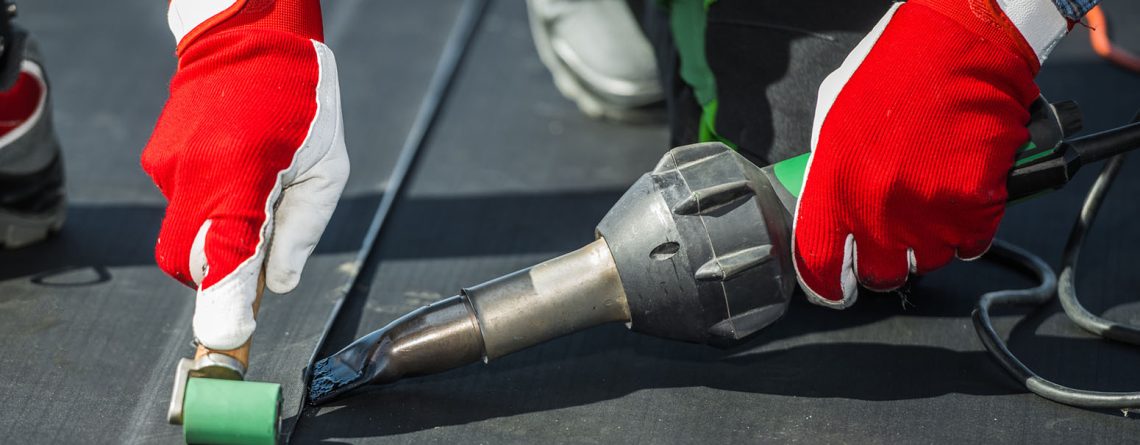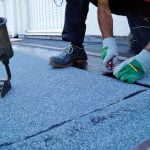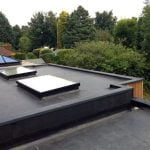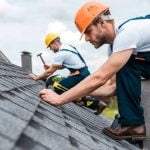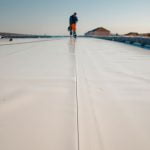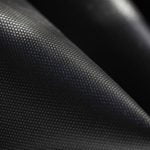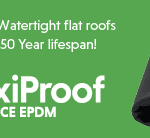How Can I Go Green For My Roof Replacement?
Thinking of a roof replacement? Well, if you’re thinking of going green, you’re like the thousands of homeowners currently seeking eco-friendly options to reduce their carbon footprint and contribute to sustainable living. And even if you weren’t necessarily thinking of going green but need a new roof, you might want to consider these greener alternatives, which are cheaper, more cost-effective and better lasting (not to mention they improve the air quality around you).
Here’s how you can make your roof replacement more environmentally friendly:
Go flat, go green
Flat roofs are all the rage, especially for extensions, conversions, garages, sheds, and outhouses throughout the UK.
While flat roofs have been successful commercially in schools and other public spaces for some time, they’re now becoming popular in modern residential developments.
In contemporary designs, architects are designing green roofs on top of flat structures (supported by a waterproof EPDM one-piece membrane) to enhance the urban infrastructure and improve quality of life (and air).
Green roofs purify the air, reduce the ambient temperature, regulate indoor temperature, save energy, and encourage biodiversity. Read our guide to green roofs here.
Plus, these types of roofs normally do not require planning permission because they are considered small-scale household alterations.
Other ways to make your roof more environmentally friendly:
- Improve insulation: Enhancing the insulation properties of your roof can make your property more sustainable. For example, a well-insulated roof can help regulate the temperature inside your home and reduce the need for artificial heating and cooling. In turn, you can decrease your carbon emissions and energy bills at the same time. Proper insulation can prevent heat loss in the winter and heat build-up in the summer, making your home more comfortable.
- Add solar panels: One impactful way to make your home more sustainable is to install solar panels, which can reduce your dependency on non-renewable energy sources. Harnessing the sun’s power means generating electricity and reducing a heavy reliance on fossil fuels, which benefits the environment and saves you money in the long run. The UK can also allow for independence from the energy grid and up to £1,0005 in annual savings.
- Implement ventilation: Proper roof ventilation is another way to improve your home’s energy efficiency. For example, proper roof ventilation can prevent heat build-up in the summer, leading to increased energy consumption for cooling. Plus, it prevents ice dams in the winter, which could damage your roof.
- Stormwater management: Excessive stormwater runoff caused by ineffective drainage systems and impermeable roofing materials can strain neighbourhood sewage systems, leading to water pollution. Households can collect and manage rainfall by installing rainwater harvesting systems, a green roof, or an enhanced gutter system to support better aquatic ecology.

